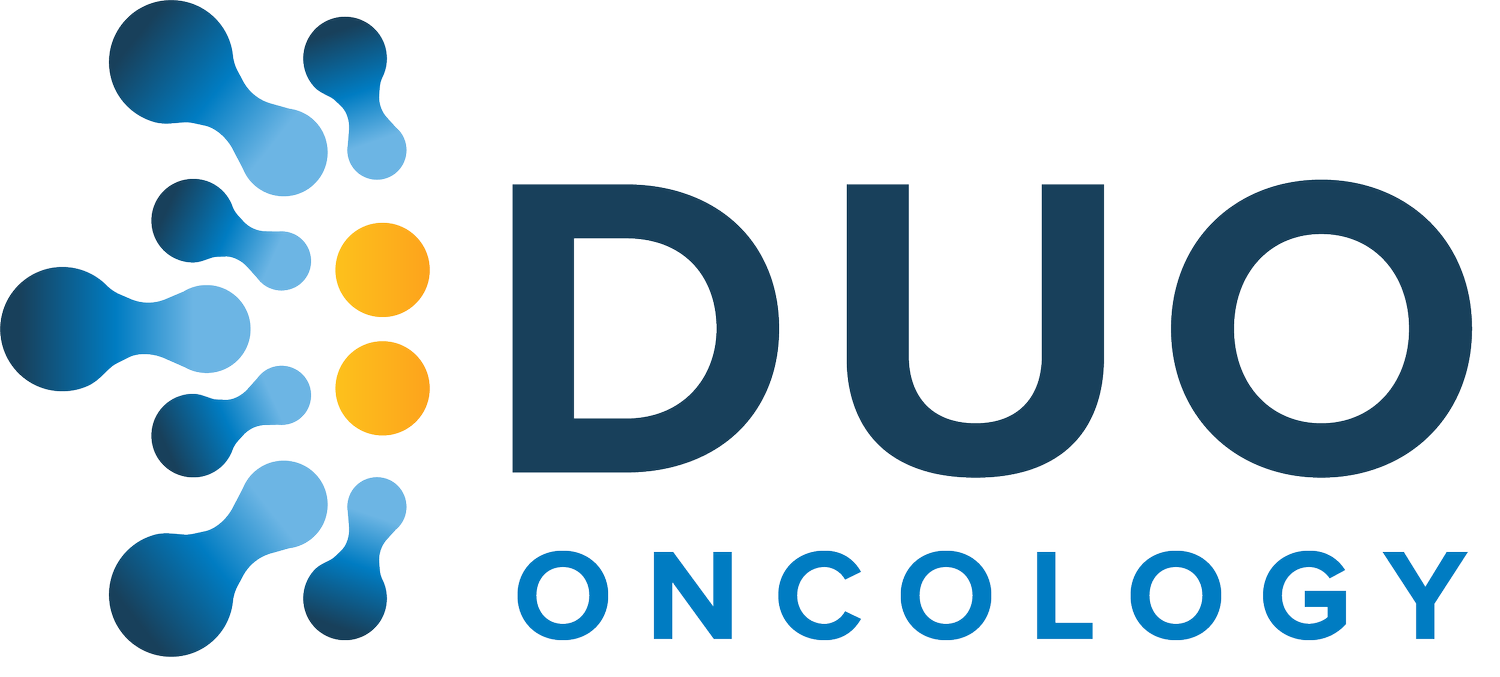Platform & Pipeline
Platform.
Introduction
Our proprietary nanomedicines move seamlessly out of the porous blood vessels that tunnel into established tumors and through obstructive stroma tissue to disperse potent drug combinations deep within a tumor. Stroma is connective tissue that surrounds and supports growing tumors. Dense stromal tissue can preclude anti-cancer therapies and is often a negative prognostic factor for many tumors. Described below are the primary features of our nanomedicine platform that will redefine cancer care.
Protection from rapid clearance
Our nanomedicines are protected from rapid systemic clearance and reside in the body longer than drug products not delivered as a nanomedicine. The nanomedicine’s optimized oligo-ethylene glycol outer shell shields its potent payload from rapid clearance in the liver, helping more anti-cancer therapy reach the tumor.
Duo’s ultra-small nanomedicine (right) shows greater tumor accumulation than larger particles (left).
Penetration through growing tumor tissue
The ultrasmall size of Duo’s nanomedicines (10-30nm in diameter) allows them to easily move out of the blood vessels that supply tumors with nutrients. Our products are 10x smaller than our competitors. Importantly, the size has been optimized to maneuver through a tumor’s obstructive stromal tissue, which normally prevents other nanomedicines from accessing cancer cells directly.
Duo Oncology’s ultrasmall nanomedicines (in red; right) penetrate deep into the core of tumor spheroids more effectively than larger particles (left).
Potent carrier combinations responsive to the environment
A trio of sensitive bonds within our nanomedicines respond to the tumor environment. Any one of three established tumor-associated conditions can trigger particle dissolution and release of the active payload, a potent drug combination, at the target site. Having three different release triggers ensures consistent function as the conditions within a tumor change or as our therapies are administered to diverse patients. Similarly, our nanomedicine payloads feature innovative drug combinations that simultaneously attack multiple pathways within growing tumors.
Our nanomedicines (pink; right) reach tumor tissue (blue) more effectively than larger particles (left) and release a duo of anti-cancer therapy in response to the tumor environment.
Conclusion
Duo Oncology’s nanomedicines offer improved delivery, of a combination of potent and innovative anti-cancer therapies, to hard-to-access tumors. This innovative platform allows Duo to customize our nanomedicines to address unmet needs in cancer therapy.



